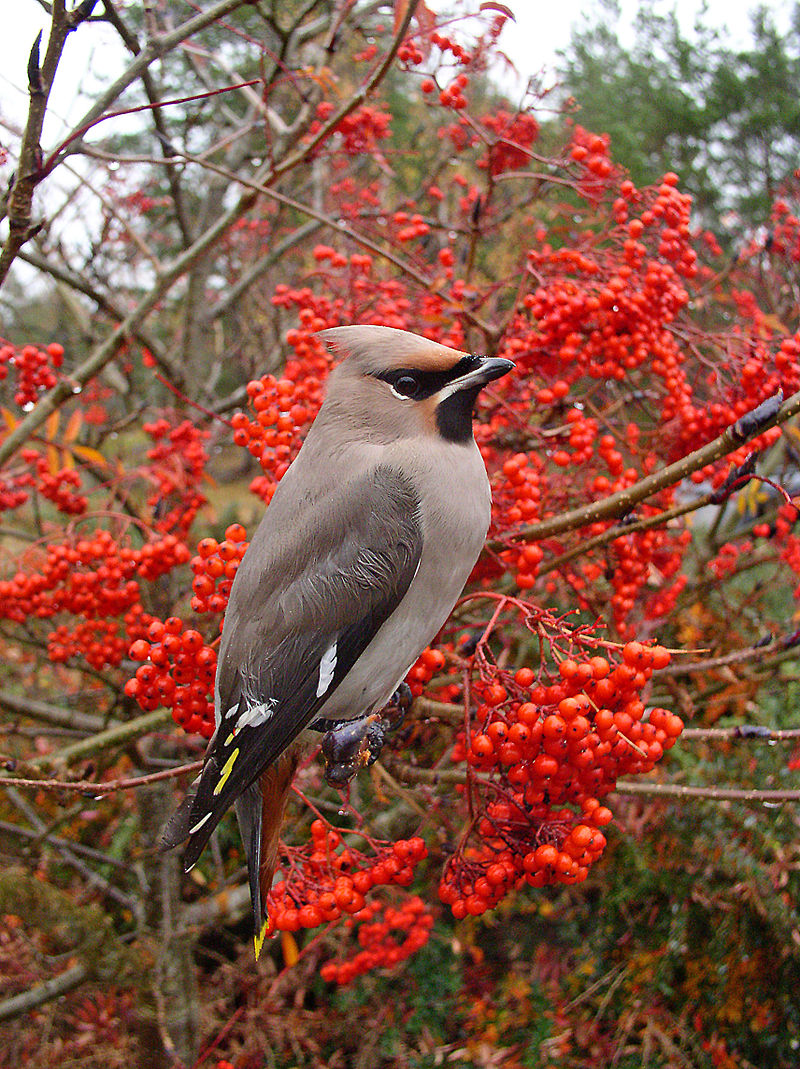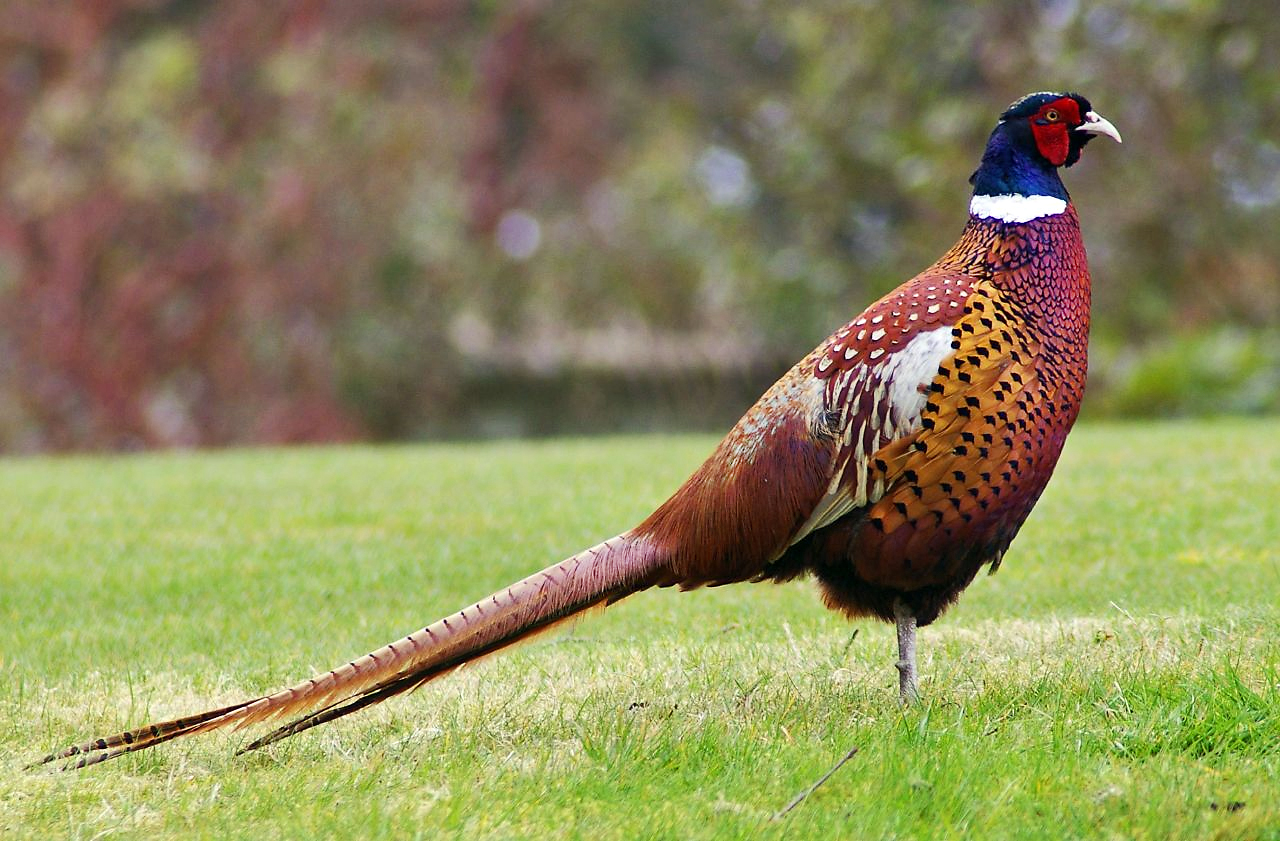Garden Wildlife
Garden Wildlife


Exotic birds in the garden
The two unrelated species in this category are birds which originated in Asia and which have become established in Britain and Ireland, from deliberate release or accidental escape. Not only are they breeding successfully in the wild, but these two species are not uncommon in gardens. In general they add to the pleasure and diversity of garden birds, but there are concerns that the rapidly spreading parakeets may have a negative impact on some native species.
Click on the images below to visit the pages for each species:
71 cm
40 cm
Pheasant
Male is an unmistakeable big ground feeding bird with spectacular plumage. Hen is equally attractive but in subtle shades of brown, both have very long barred tails.
Ring-necked parakeet
Bright green noisy parrots with red beaks and in the male, a red and black ring around the neck. Most common in London and some other cities but increasing their range
Other exotics
Quite a lot of other exotic birds are found in Britain, either resident (but not seen in gardens), escapees from captivity or rare vagrants that could turn up anywhere, often tracked by swarms of twitcher birdwatchers. One resident example would be the little egret which is native to Africa and Asia, and southernmost Europe, and is now breeding in Britain with about 1100 pairs in the summer.
One vagrant or migrant species from the Siberian steppes that can turn up in gardens is the waxwing which occasionally overwinter here, but are recorded in less than 1% of gardens

Waxwing Bombycilla garrulus
They can turn up almost anywhere in Britain and Ireland in the winter, but in most years only a handful arrive. In "Waxwing years" they can arrive in low thousands, prbably because of bad conditions in their normal northern haunts.
Page written and compiled by Steve Head
Exotic birds in the garden
The two unrelated species in this category are birds which originated in Asia and which have become established in Britain and Ireland, from deliberate release or accidental escape. Not only are they breeding successfully in the wild, but these two species are not uncommon in gardens. In general they add to the pleasure and diversity of garden birds, but there are concerns that the rapidly spreading parakeets may have a negative impact on some native species.
Click on the images below to visit the pages for each species:
71 cm
40 cm
Ring-necked parakeet
Bright green noisy parrots with red beaks and in the male, a red and black ring around the neck. Most common in London and some other cities but increasing their range
Pheasant
Male is an unmistakeable big ground feeding bird with spectacular plumage. Hen is equally attractive but in subtle shades of brown, both have very long barred tails.
Other exotics
Quite a lot of other exotic birds are found in Britain, either resident (but not seen in gardens), escapees from captivity or rare vagrants that could turn up anywhere, often tracked by swarms of twitcher birdwatchers. One resident example would be the little egret which is native to Africa and Asia, and southernmost Europe, and is now breeding in Britain with about 1100 pairs in the summer.
One vagrant or migrant species from the Siberian steppes that can turn up in gardens is the waxwing which occasionally overwinter here, but are recorded in less than 1% of gardens

Waxwing Bombycilla garrulus
They can turn up almost anywhere in Britain and Ireland in the winter, but in most years only a handful arrive. In "Waxwing years" they can arrive in low thousands, probably because of bad conditions in their normal northern haunts.
Page written and compiled by Steve Head
.jpg)

























